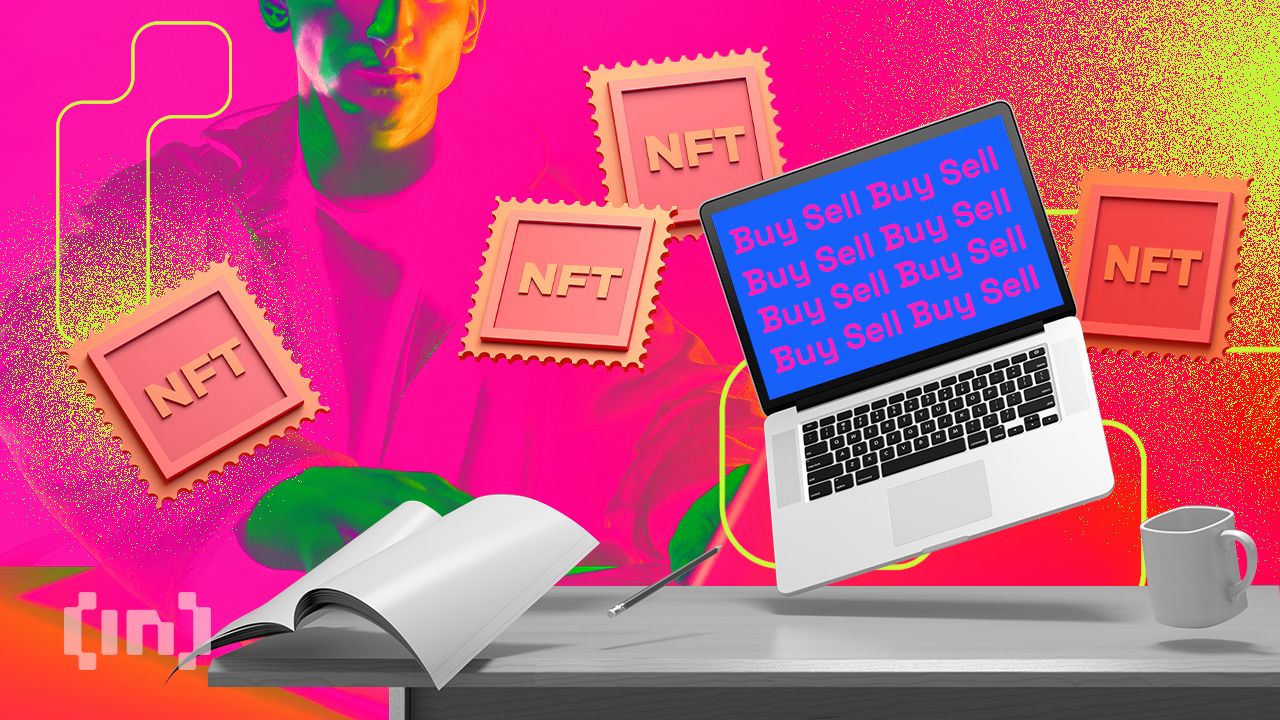Finding bright spots in the bitcoin bear market

Despite a turbulent year for cryptocurrencies and their trading platforms, there remains a bright spot in the space: bitcoin futures ETFs.
The funds have had a record high trading volume in 2022, while they have continued to function smoothly in a regulated market. The ProShares Bitcoin Strategy ETF (BITO) hit a trading record on November 8, surpassing its previous high by 64%. And volume too ProShares Short Bitcoin Strategy ETF (BITI) also on Nov. 8 surged 366% higher than any day since launch, according to ProShares.
BITO remains the largest of the crypto funds, while BITI offers a reverse strategy for investors betting against bitcoin. These types of ETF structures, combined with futures, have performed well against a backdrop of crypto volatility.
“It’s not surprising because think back to the time of Covid and high volatility,” Deborah Fuhr, founder and managing partner of ETFGI, told Bob Pisani on CNBC’s “ETF Edge” on Monday. “People thought fixed income ETFs weren’t going to work, and they did. So the ETF wrapper works well.”
ETFs act as an ecosystem, Fuhr said, like highly regulated mutual funds that trade on the CME exchange. In most cases, investors do not trade the underlying securities, but only the ETF as a product.
Ongoing push for a spot bitcoin ETF has been consistently rebuffed by SEC Chairman Gary Gensler, primarily based on the unregulated aspects of the exchanges and ongoing fraud and corruption allegations.
“The exchange system as a whole for bitcoin and cryptocurrency is still not mature, even if you don’t have an FTX thing,” Simeon Hyman, global investment strategist at ProShares, said in the same segment, referring to the exchange’s catastrophic collapse from a $32 billion enterprise which is facing an onslaught of criminal investigations.
Hyman said the lack of segregation among bitcoin exchanges underscores the need for maturation. While the futures market, he said, has matured rapidly.
However, because the futures market does not track spot bitcoin and the ETFs, the funds have the potential for additional fees such as roll costs when the fund exchanges expiring futures for new ones.
“BITO is not a leveraged strategy,” Hyman said. “You have enough cash, so the return should be close to spot bitcoin. Therefore, that rolling cost is offset by the earnings on the cash. And that’s what we’ve seen this year.”
Despite the benefits of the strategy, BITO has fallen about 65% this year. In comparison, bitcoin has fallen 64% in 2022, while ethereum is down 65%.
But the direction of cryptocurrencies and the ETFs that track them are at a crossroads, with fallout from the FTX debacle weighing on decentralized finance platforms and blockchain technology.
“We need to separate crypto products from blockchain and smart contracts,” Fuhr said. “Because we see it being used for many things, including tokenizing private equity and enabling retail.”
Fuhr explained that under a project in Europe, creation/redemptions for ETFs by ETP link using smart contracts. In Canada, where ETFs have operated for 33 years, the funds operate under a set of rules and regulations similar to the ’40 Act Funds in the US
At the end of October, there were 162 products listed globally with $7.5 billion in net inflows, according to ETFGI.
“With respect to bitcoin and cryptocurrency, the issue is not so much that we have disclosure rules,” Hyman said. “The question is, what stress would it put on the exchanges if you were invested in the bitcoin exchange itself?”
Hyman said the commingling of assets is a concern for investors, prompting them to turn to “cold wallets” where cryptocurrency tokens are kept offline.
“ETFs fix a lot of that,” he said. “Especially when it’s belt and braces with the futures market.”
























